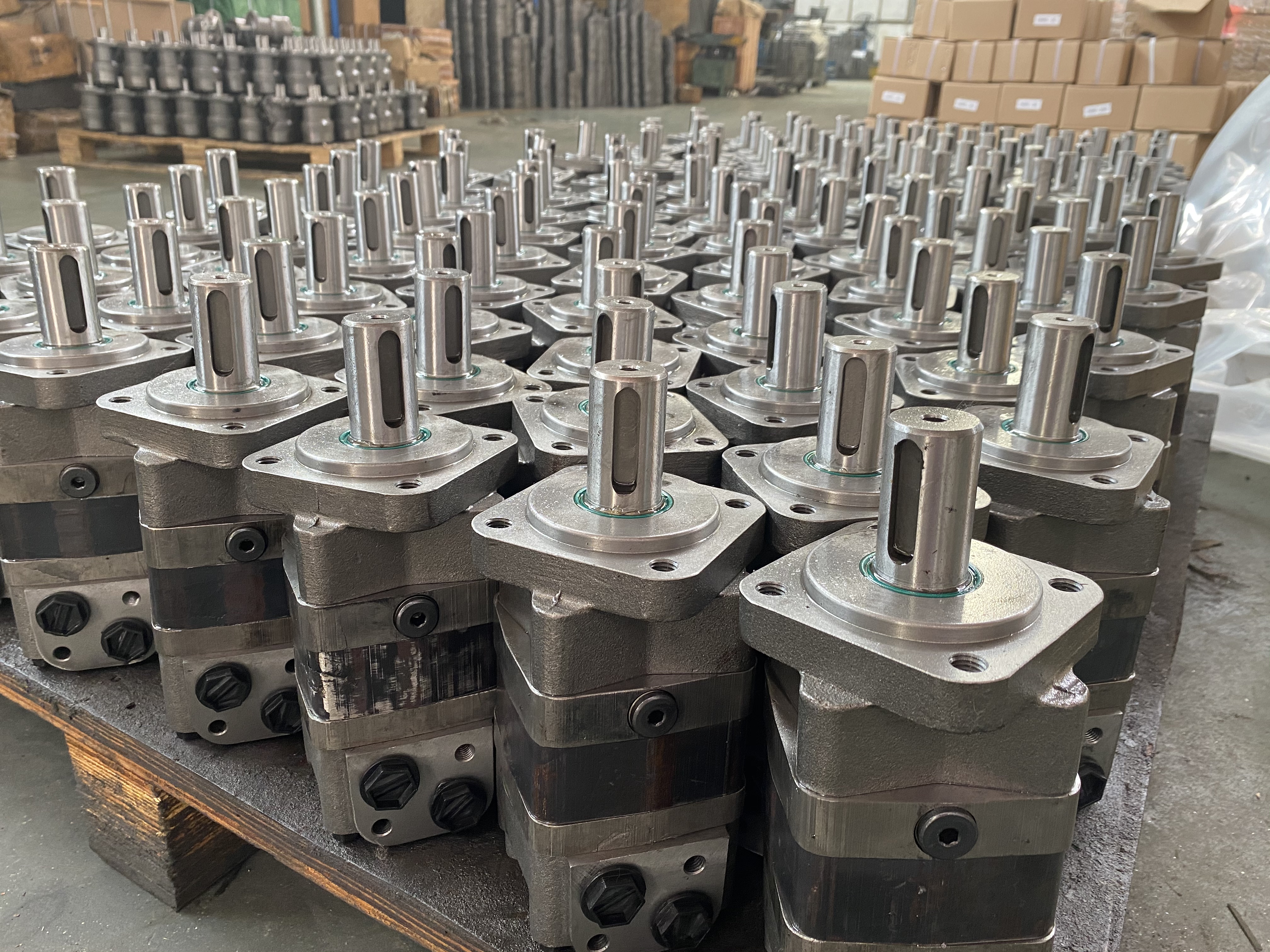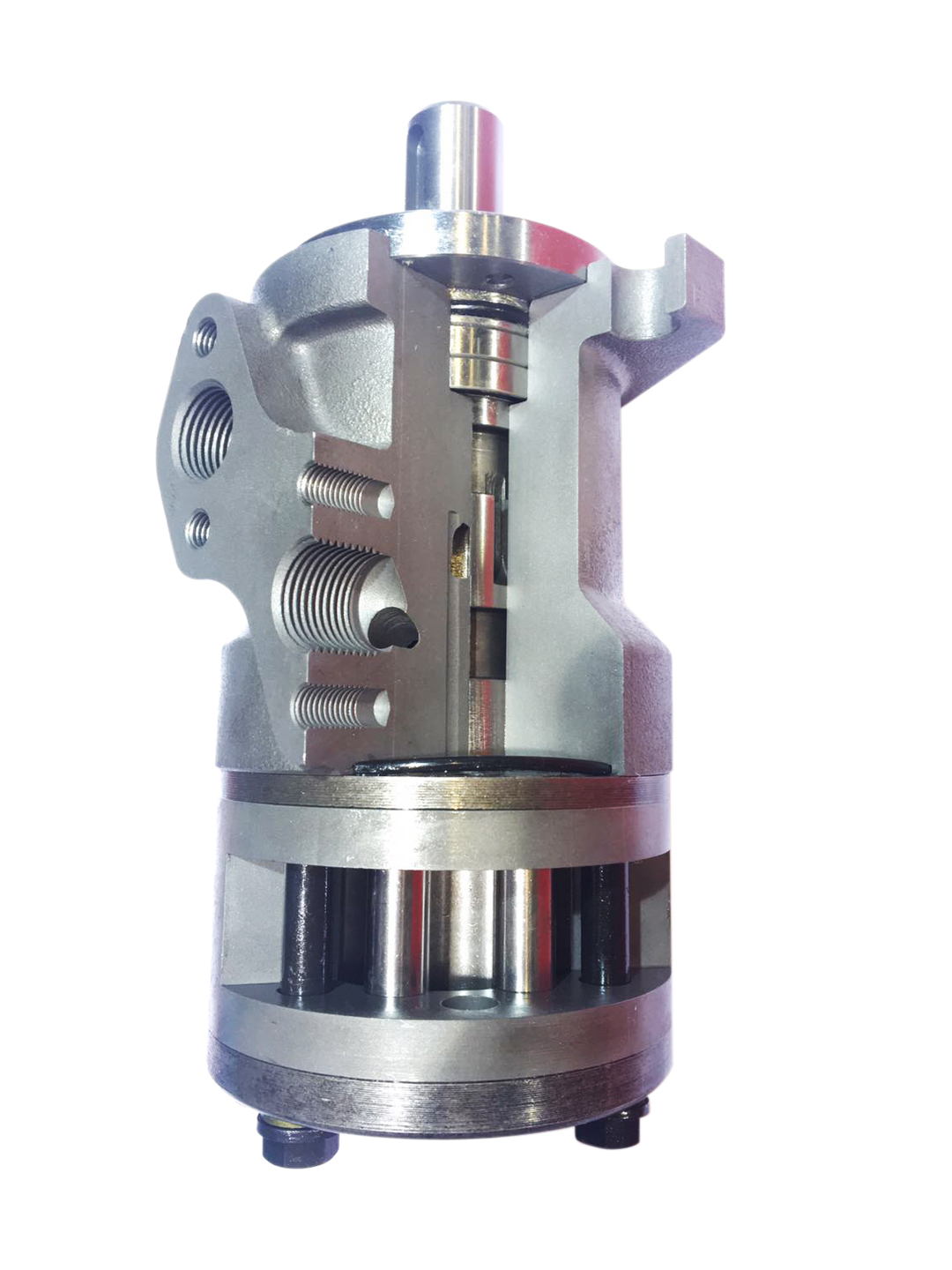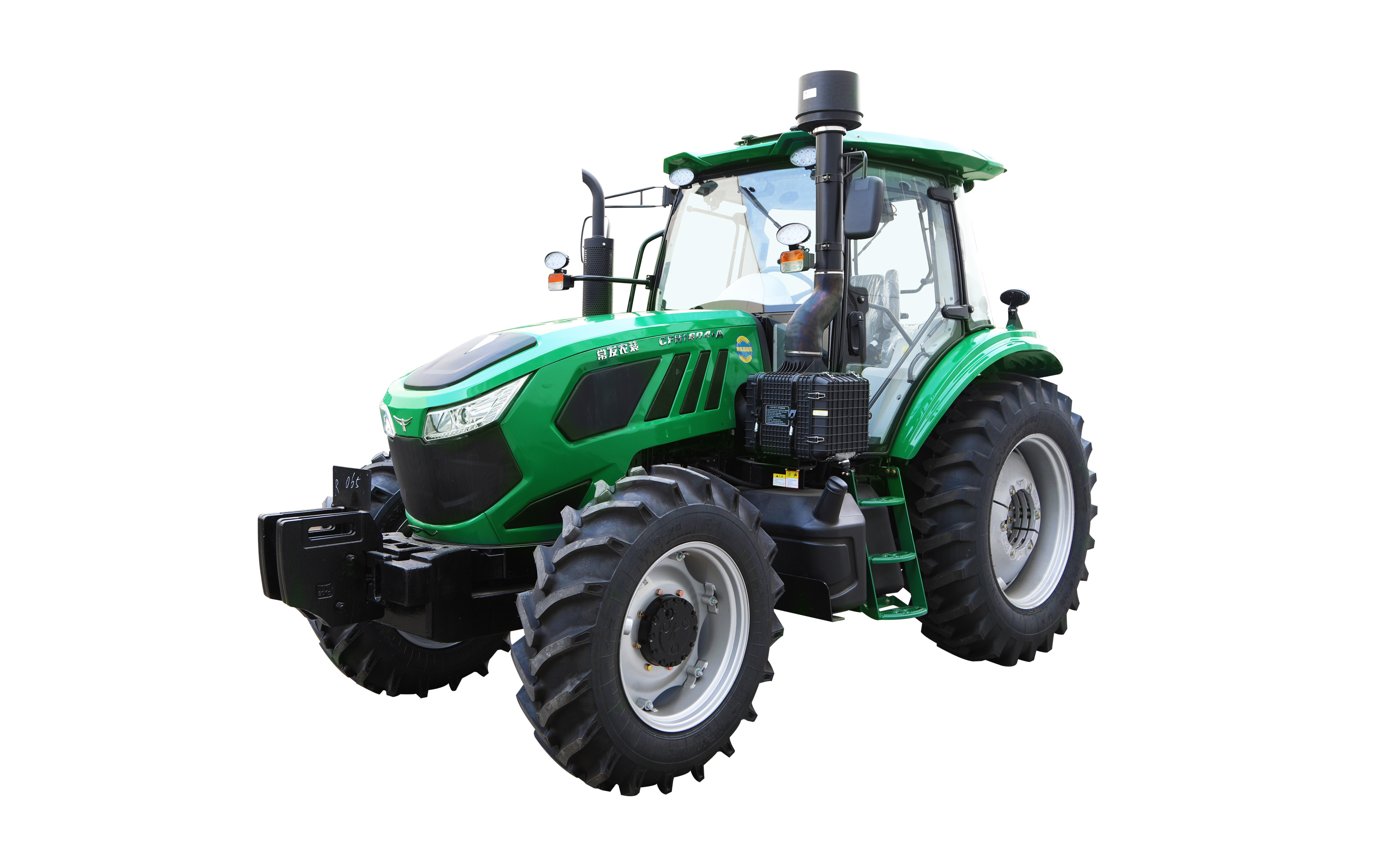- Types of Hydraulic Motor
Whether you are a contractor, a business owner or a mechanic, there are certain factors you need to consider before selecting a hydraulic pump or motor for your job. For example, you want to make sure that your pump or motor is powerful enough to do your job, and that it is reliable enough to last.
- hydraulic motor
Several types of hydraulic motors are available in the market. They are used in industrial, mining and construction machinery. The main function of these motors is to convert the liquid pressure energy from a hydraulic pump into mechanical energy. The output torque of these motors depends on the input pressure, rotational speed, and displacement volume.
Generally, there are five kinds of hydraulic motors. They are bent axis piston, radial piston, single-acting link type, vane, and cycloidal. Each type of motor is used in a different speed and torque range. The radial piston hydraulic motor has a number of pistons that are perpendicular to the output shaft. This type of motor is suitable for low and medium-speed applications. It is the most common type of hydraulic motor.
The cycloidal type has a small input pressure, a stator, a movable blade, and a vane. It is designed for high-torque applications and has low-speed stability. It has good self-priming performance and a low noise level.
- hydraulic pump motor
Depending on the applications, different types of hydraulic pump motor are available in the market. They include fixed displacement, variable displacement, and internal gear pumps. All of them have the same basic principles. They use rolling bearings to minimize friction torque.
For example, in a fixed displacement pump, a piston is mounted on a rotating shaft. In the fixed position, it is positioned perpendicular to the shaft. During a rotation, the pistons alternately generate suction and discharge. A variable-displacement inline pump has a movable yoke that changes the angle of the swashplate. This enables the pump to achieve a constant flow rate with a variable speed.
The volumetric efficiency of a hydraulic pump is calculated based on the geometry of the oil-carrying chambers. The amount of fluid pumped per revolution is also determined. The axial piston type has the highest efficiency. On the other hand, internal gear pumps are less commonly used in hydraulics. These pumps are meant for low-pressure applications, such as metering.
- hydraulic gear pump
Several factors affect the volumetric efficiency of a gear pump. The smallest of these factors is the number of gears. The larger of these factors is the rotational speed of the gears. A gear pump is a mechanical device that uses a hydraulic motor to rotate a series of gears. These gears are attached to a casing that is usually made of plastic or metal.
The rotational speed of the gears dictates the flow of the fluid through the pump. This flow is dependent on the number of teeth on each gear. The volumetric efficiency of a gear pump can reach up to 93% when operated in the proper conditions. However, the lowest efficiency is achieved in low-flow, low-pressure applications.
A gear pump can be used to pump a wide range of fluids, including high viscosity liquids. Compared to a centrifugal pump, a gear pump is simple, compact and efficient. In addition, a gear pump can be run at higher pressures. Despite these advantages, a gear pump cannot match a centrifugal pump.
- piston pump hydraulic
Compared to other motors, a hydraulic motor is more efficient, uses less fuel and can generate high levels of power. These pumps are also easy to install and can be a good option for small projects. However, they are not recommended for applications in cold climates. They are prone to damage when not properly maintained. They can be expensive and should be used with care.
Hydraulic motors are used in a wide range of applications, including pumps and engines. They are more energy-efficient than other types of motors and can be used in applications with poor lubrication properties. They also can be very powerful, providing an output of up to 4,000 psi. They are also highly reliable. These pumps have been developed in a variety of designs, allowing for a range of pressure and displacement. They have two basic types: fixed displacement and variable displacement.
The main difference between the two types is that the fixed displacement pump is stationary while the variable displacement pump is movable. The movable type can be controlled with manual or servo controls.

 中文
中文 English
English Español
Español Français
Français

